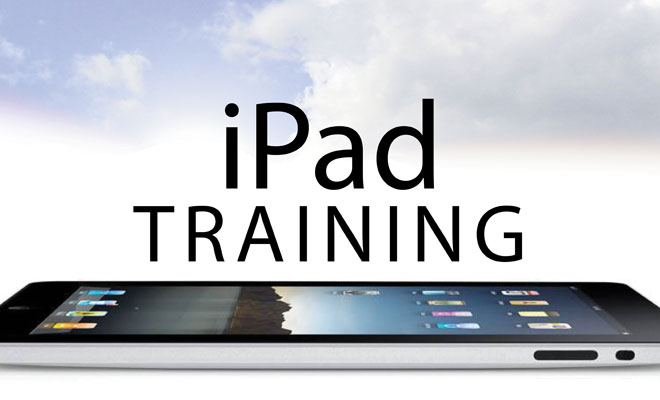Networking Basics - Certifications - Windows 7 - Windows 8 - Home Network Setup - Wireless Setup :: About - Contact - Search
Setting up a Home Network Tutorial
Introduction
This tutorial is for setting up a home network that is wired rather than wireless.
Yes, a wireless home network is so much more convenient but your sacrificing speed and security. With a wired home network, you generally have a faster speed and even more secure network. You can use this tutorial for your home/office network.
Advantages of a wired home network:
- Faster speeds of 100 Mbps and 1000 Mbps.
- No wireless signal broadcasting to your neighbors.
- More control over what is physically connected to your LAN (local area network).
- Ideal for SOHO (Small Office Home Office) and small businesses.
Disadvantages of a wired home network:
- If your home is not pre-wired with Ethernet network cables, you will have to run the cables.
- Cabling your home can look messy (cable running along the walls).
- No mobility like when using laptops on a wireless network.
- Can't connect smart phones to your LAN.
Even though a wired home network provides faster network speeds, that doesn't guarantee faster Internet speeds. Your LAN speed would be at 100 Mbps or 1000 Mbps but your Internet is typical slower than that around 12, 15 and even 24 Mbps. This tutorial on setting up your home network can assist you no matter what speed your network and Internet is running at.
The most popular home network is Ethernet. This type of network is very fast for its low cost. An Ethernet network has speeds of 10 Mbps (Ethernet), 100 Mbps (Fast Ethernet) and 1000 Mbps (Gigabit Ethernet).
Just remember this simple rule, the network device with the lowest data rate speed defines your network speed. This means if your switch can reach up to 1000 Mbps and your computer's Ethernet port is only 100 Mbps, then the switch will transmit at 100 Mbps. You would be wasting alot of potential and money if you don't remember this rule. The good news is that 100 Mbps is more than enough for your home network because your Internet speed is much lower than 100 Mbps.
Setting up a home network is very fun and will give you a lot of confidence and knowledge if your pursuing a career in computer networking. If this is the case, I recommend you consider earning an A+ Certification to start your career as an computer network technician.
Step by Step Tutorial
This step by step tutorial on setting up a home network will break down everything from choosing the right network equipment to configuring your home router and your Windows Operating System.
For this wired home network set up I will use:
|
Wired only Router: Linksys Etherfast Cable/DSL router Model: BEFSR41 - - - - - - - - - - - - -> |
|
Windows XP Pro |
Windows Vista |
Windows 7 |
Windows 8 |
Operating Systems: Windows XP, Windows Vista, Windows 7 or Windows 8
Cable used: Fast Ethernet patch cable
1.) Choosing the right network devices. (router, switches, hubs, network adapters)
|
Setting up a home network using a Cable modem: 2.) Home Network Wiring using a Cable Modem |
Setting up a home network using a DSL modem: 2.) Home Network using a DSL modem intro DSL requires a PPPoE connection, you problably have one of the next two scenarios: - ISP installed an Ethernet jack on the wall and did not provide a DSL modem. (Or you want the PPPoE connection to be initiated by your Operating System) Make sure the modem is set to "Bridge Mode". You can use this quick tutorial on how to configure your DSL modem to "Bridge Mode". 2.) ISP provided you with a DSL modem and you want to add your own wired router. (PPPoE initiated by router). Linksys Model: BEFSR41 Click here for the Router Configuration of PPPoE |
3.) Network Router Configuration(DHCP settings)
4.) Windows IP Settings configuration
Static and Dynamic IP Settings
Watch this video on how to expand your network easily without too much cost.
Return from Setting up a Home Network to homepage of Computer Networking Success
"Didn't find what you were looking for? Use this search feature to find it."

1













New! Comments
Have your say about what you just read! Leave a comment in the box below.